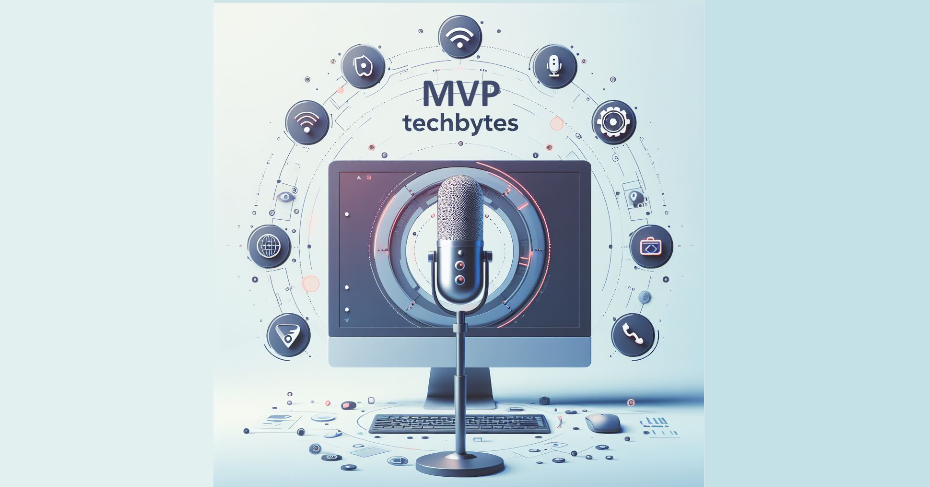Join me and my guest speaker Nicolas Blank, an MVP in Microsoft Azure and Microsoft 365, talks about security and zero trust. 🎙️👨💼🔒 Nicolas discusses the principles of zero trust, the Microsoft Zero Trust Adoption Guide, and the importance of speaking the language of risk to align security goals with business objectives. 💼💬🛡️
Summary: How to Adopt Zero Trust with Microsoft Technologies
If you are interested in learning more about zero trust, a new way of doing security that is gaining popularity in the IT world, you might want to check out the latest episode of MVP Tech Bytes, a podcast that features Microsoft Most Valuable Professionals (MVPs) who share their insights and expertise on various topics.
In this episode, I interviews Nicolas Blank, an MVP from South Africa who specializes in Microsoft Azure and M365 apps and services. Nicolas is also the author of the Microsoft Zero Trust Adoption Guide, a document that provides practical guidance on how to implement zero trust using Microsoft technologies for different business scenarios.
What is Zero Trust?
Zero trust is a way of doing security that assumes breach, uses least privileged access, and verifies explicitly. It is not a framework, a compliance, or a product, but a mindset that can be applied to any IT scenario, whether it is cloud, hybrid, or on-premises.
The main idea behind zero trust is to reduce the attack surface and prevent lateral movement by applying granular controls and policies to every request, device, user, and resource. Zero trust also requires continuous monitoring and verification of the security posture and compliance of the environment.
How to Implement Zero Trust with Microsoft Technologies?
The Microsoft Zero Trust Adoption Guide is a document that provides step-by-step instructions on how to implement zero trust using Microsoft technologies for different business scenarios, such as identity and access management, device management, data protection, network security, and workload protection.
The guide also explains the responsibilities of different roles in the organization for security, such as the executive sponsor, the security champion, the security architect, the security analyst, and the security administrator.
The guide is based on the Microsoft Zero Trust Maturity Model, which defines six stages of zero trust adoption: traditional, initiate, experiment, enable, scale, and optimize. The guide helps the organization to assess its current maturity level and identify the gaps and opportunities for improvement.
What are the Challenges and Benefits of Zero Trust?
Zero trust requires a change in mindset and culture, as well as a clear communication of the risks and the solutions to the business. It also requires a holistic and integrated approach that involves multiple teams and stakeholders.
However, zero trust also brings many benefits, such as:
- Raising the level of security and reducing the risk of breaches and data loss
- Making security more predictable and manageable by simplifying the policies and processes
- Improving the user experience and productivity by enabling seamless and secure access to resources
- Enhancing the visibility and compliance of the environment by leveraging data and analytics
What is the Role of MVPs in Zero Trust?
Nicolas Blank is one of the MVPs who has contributed to the development and promotion of the Microsoft Zero Trust Adoption Guide. He also hosts a webinar series called Zero Trust Unplugged, where he discusses various aspects of zero trust with other MVPs and Microsoft experts.
If you want to learn more about zero trust and how to implement it with Microsoft technologies, you can download the Microsoft Zero Trust Adoption Guide from this link: https://aka.ms/zerotrustadoptionguide
I hope you enjoyed this blog post and found it useful. Please let me know what you think in the comments section below. Thank you for reading.



Leave A Comment